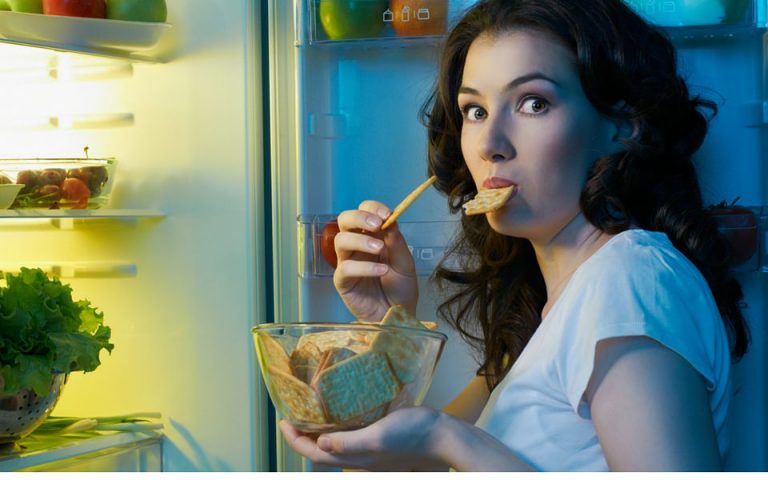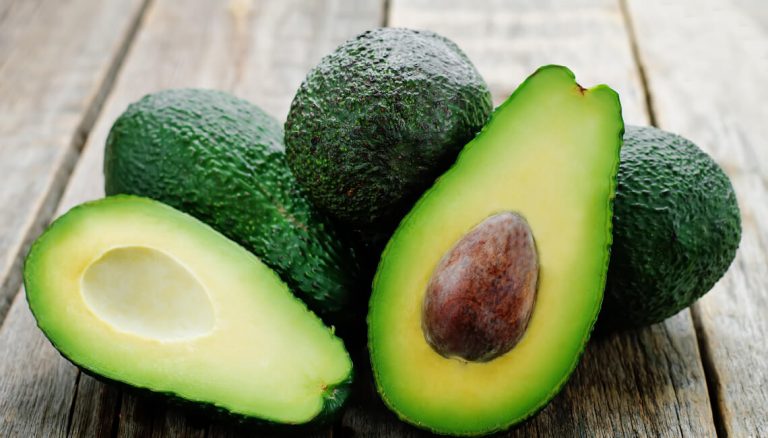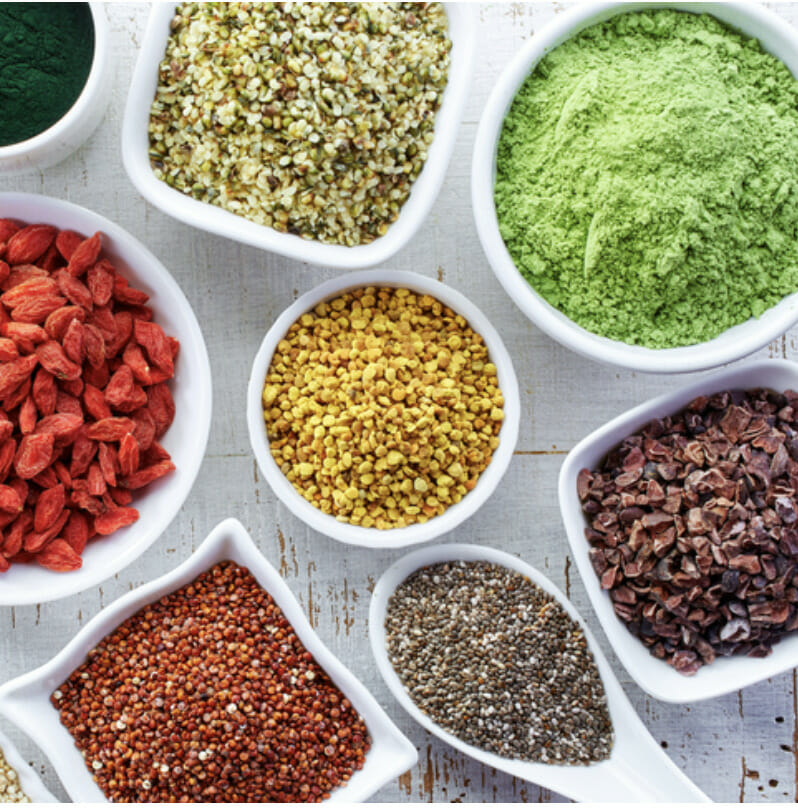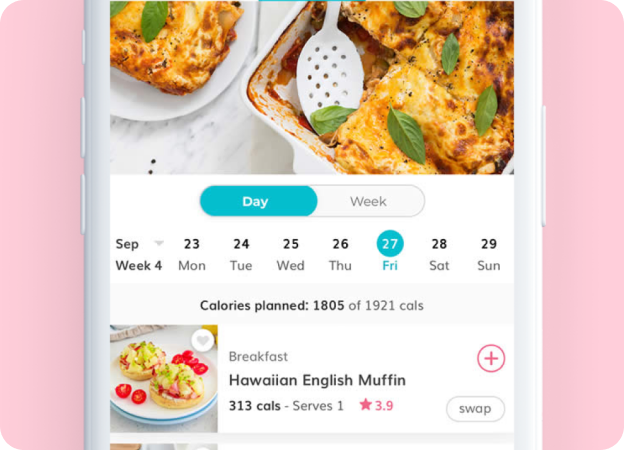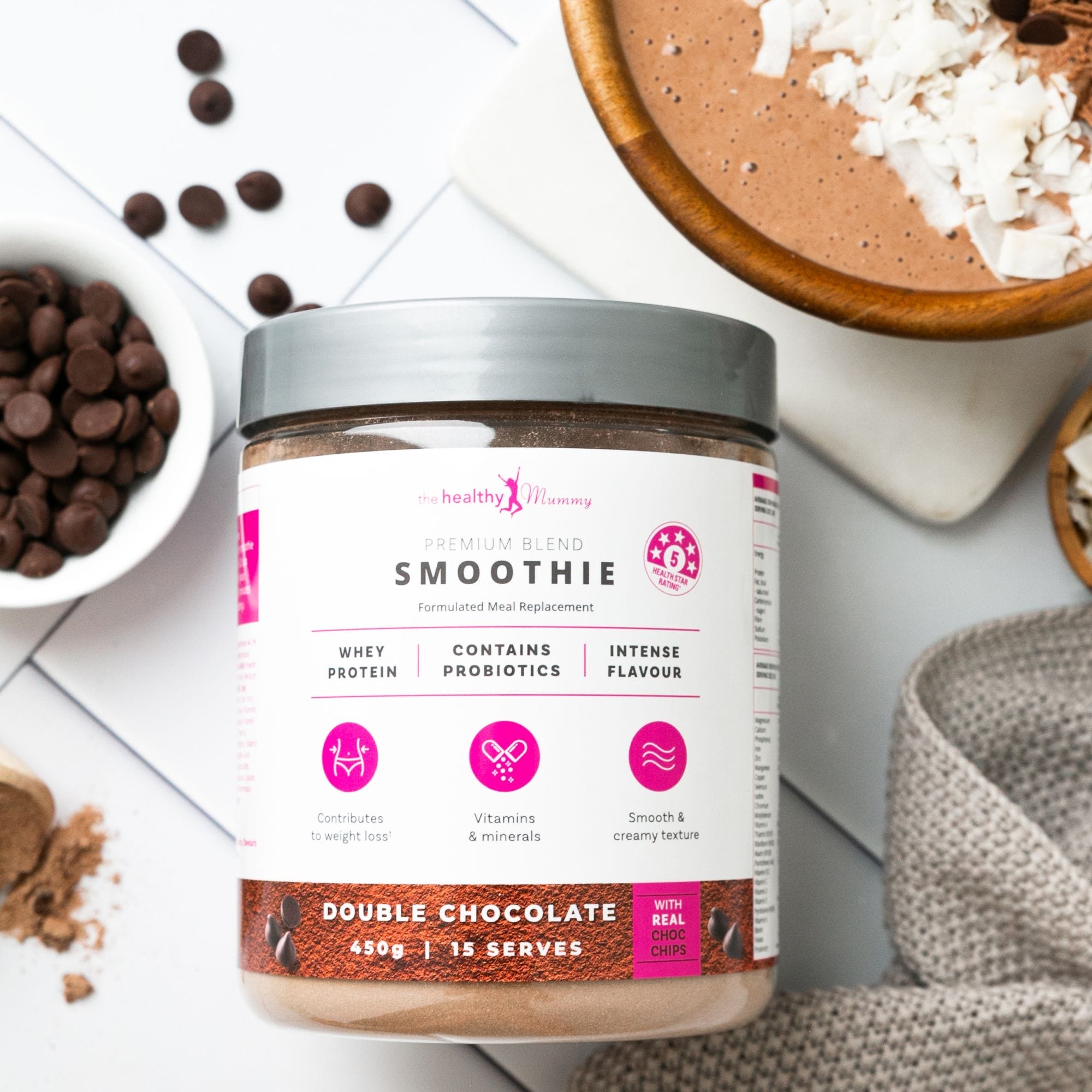If you buy organic, this is how to check if it’s ACTUALLY organic
Consumers can be tricked into thinking a product is organic when it's not. Aus organic awareness month is here! Find out if what you're buying is legit here
As this month marks Australian Organic Awareness Month, we’re showing you how to ensure you’re buying organic, where to go and how to know!
In Australia the laws to label your product as ‘organic’ are cloudy. You don’t need to have organic certification to slap a ‘natural or organic’ label on there, however, the product DOES need to back that label up.
Keep these 3 things in mind next time your on your organic hunt!
? IT’S AUSTRALIAN ORGANIC AWARENESS MONTH! ? Get ready for a month FULL of certified organic promotions showcasing the amazing brands, ambassadors and influencers behind Australia’s largest campaign celebrating certified organic products. #AOAM #OrganicAwarenessMonth pic.twitter.com/7ZEeP8hHZW
— Australian Organic (@AustOrganic) August 31, 2018
1. Look for the symbol!
Organic is a word that’s tossed around lightly. If a brand says organic and natural, it may not actually mean that.
Unless the product has been certified organic and has the symbol that declares this, then it is just a descriptive word used as a marketing ploy.
Customers can also be tricked into thinking a product is organic as companies can play around with words and their label may say things like ‘organic certified Australia’ when it actually it’s not.
Shopping for genuine certified organic goods can become less of a task if you become familiar with logos from the certifying bodies.
2. Read the label
You may read on labels ‘ GMO-free’, this means it is free of foods that are genetically modified and can also help you decipher if the product is actually organic.
Healthy Mummy, nutritionist, Cheree says, “Unfortunately food manufacturers and governments have decided for us that Genetically modified foods can be put into our foods without us knowing. This is unacceptable, but thankfully, there are ethical producers out there giving us a choice, and letting us know that this food is not GMO.”
SBS has reported that an organic product should be filled with an ingredient list that can be found and grown in nature or on a farm.
“There are no artificial ingredients in certified organic produce so if the ingredients list has numbers in it, it’s not the real thing,” Dr Sarah Lantz, an ambassador for the non-profit industry group, Australian Organic told SBS.
3. Do your research
If you shop at major supermarkets, these days there is a whole aisle dedicated to ‘health foods’ where certified organic products MAY live.
But again be careful when reading the wording/marketing!!
The best way to ensure you’re buying organic is to shop at farmers markets, local grocers or better yet, grow your own fresh fruit and veg!
Organic doesn’t have to be expensive! This Healthy Mummy saves money by growing her own produce!
Use your organic produce to make up these amazing Healthy Mummy recipes!
Want to access thousands of healthy recipes?
Then be sure to check out our 28 Day Weight Loss Challenge.
Our 28 Day Weight Loss Challenge is a family-friendly, breastfeeding-safe program designed FOR MUMS to help them tackle their health and lose the baby weight.
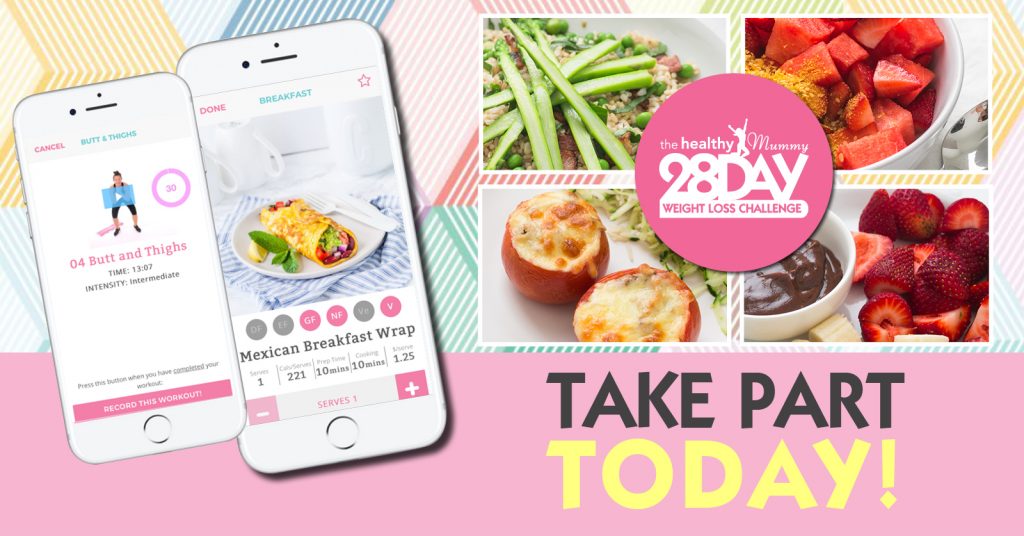
Every week you are given a different meal plan to follow and each month we add 300+ NEW recipes to our Challenge Recipe Hub. That way, you’ll never get bored and stay on weight loss track while digging into healthy, yummy recipes.

